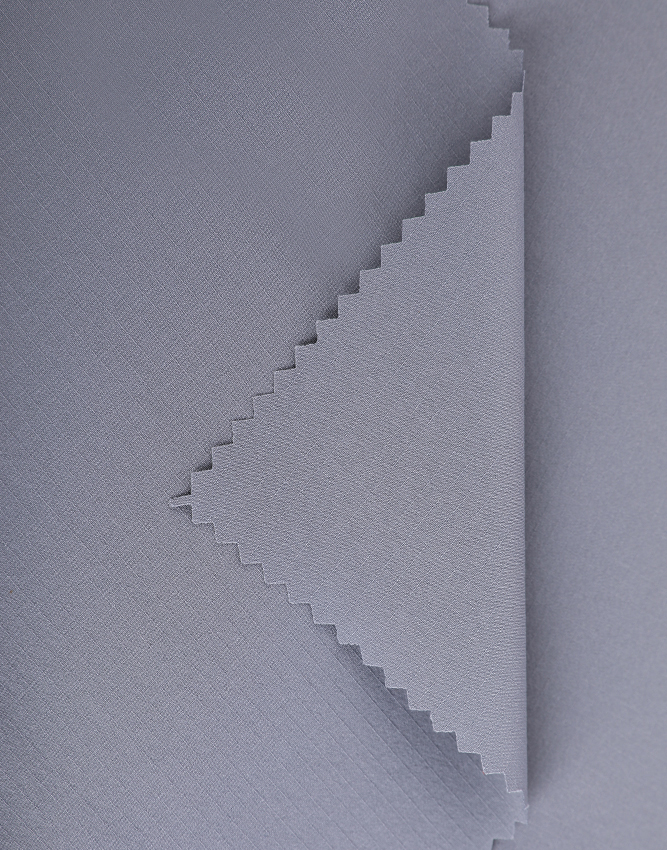

Cotton fabric specifications and identification methods […]
Cotton fabric specifications and identification methods, cotton fabric specifications are the general term for all types of cotton textiles. They are most used to make fashion, casual wear, underwear and shirts.
Its biggest advantage is that it can easily keep warm, is soft and close to the body, absorbs moisture, and has very good air permeability. Compared with chemical fiber, it has strong warmth retention, moisture absorption, very good flexibility, and the cotton fiber has no adverse reactions such as static electricity at all. However, because of the weak elasticity and wrinkle resistance of cotton and hemp fibers, clothing is easy to wrinkle easily during the process of wearing and washing, which often brings many inconveniences to consumers in ordinary clothing and care.
Cotton fabrics from cotton fabric specifications and chemical fibers are wear-resistant, durable, and wrinkle-resistant, but the comfort is far inferior to cotton fabrics, and there are serious adverse reactions that can cause red human skin. Therefore, the clothes of the elderly, children, especially underwear, and bedding should be made of pure cotton as much as possible to benefit their health. With the improvement of people's living standards, research shows that the desire to return to nature makes cotton, a natural fiber like green food, increasingly popular with everyone. Therefore, nowadays, whether domestic or foreign, the price of cotton fabrics is significantly higher than that of chemical fiber fabrics.
The specification of all-cotton fabric is the fiber taken from cotton seeds, which is made into cotton fabric by picking, ginning, carding, splicing, combing, and worsted spinning, and then woven from cotton yarn into cotton fabric.
Strengths:
Strong moisture absorption---cotton fiber is a porous material, the internal molecules are arranged very irregularly, and the molecules are rich in hydrophilic layout.
Warmth retention---Cotton fabric fiber is a poor conductor of heat, and the inner cavity of the fiber of cotton fabric is filled with inactive air, so it is comfortable to wear---no static electricity, excellent air permeability and simple cleaning.
Defect: easy to wrinkle---cotton fiber is relatively inelastic.
The shrinkage rate is very large-the cotton fabric specification fiber has strong water absorption. When the cotton fabric absorbs water, the cotton fiber swells, which will cause the cotton yarn to shorten and deform.
The scale before washing-the scale after washing
The calculation method is attached: shrinkage rate = × 100%
Scale before washing
Usually the shrinkage of knitted garments is +5%
Mildew-----In a very humid state, if it encounters bacteria or fungi, the cotton fiber will decompose into their favorite nutrient-glucose, making the fabric moldy and metamorphose.
If cotton fabric fibers are exposed to sunlight for a long time, their strength will decrease, and the fibers will become hard and brittle. If China encounters oxidants, bleaching powder or oxidizing dyes, the strength of the fibers will also be reduced, and the fibers will become brittle.
https://www.sigma-textile.com
